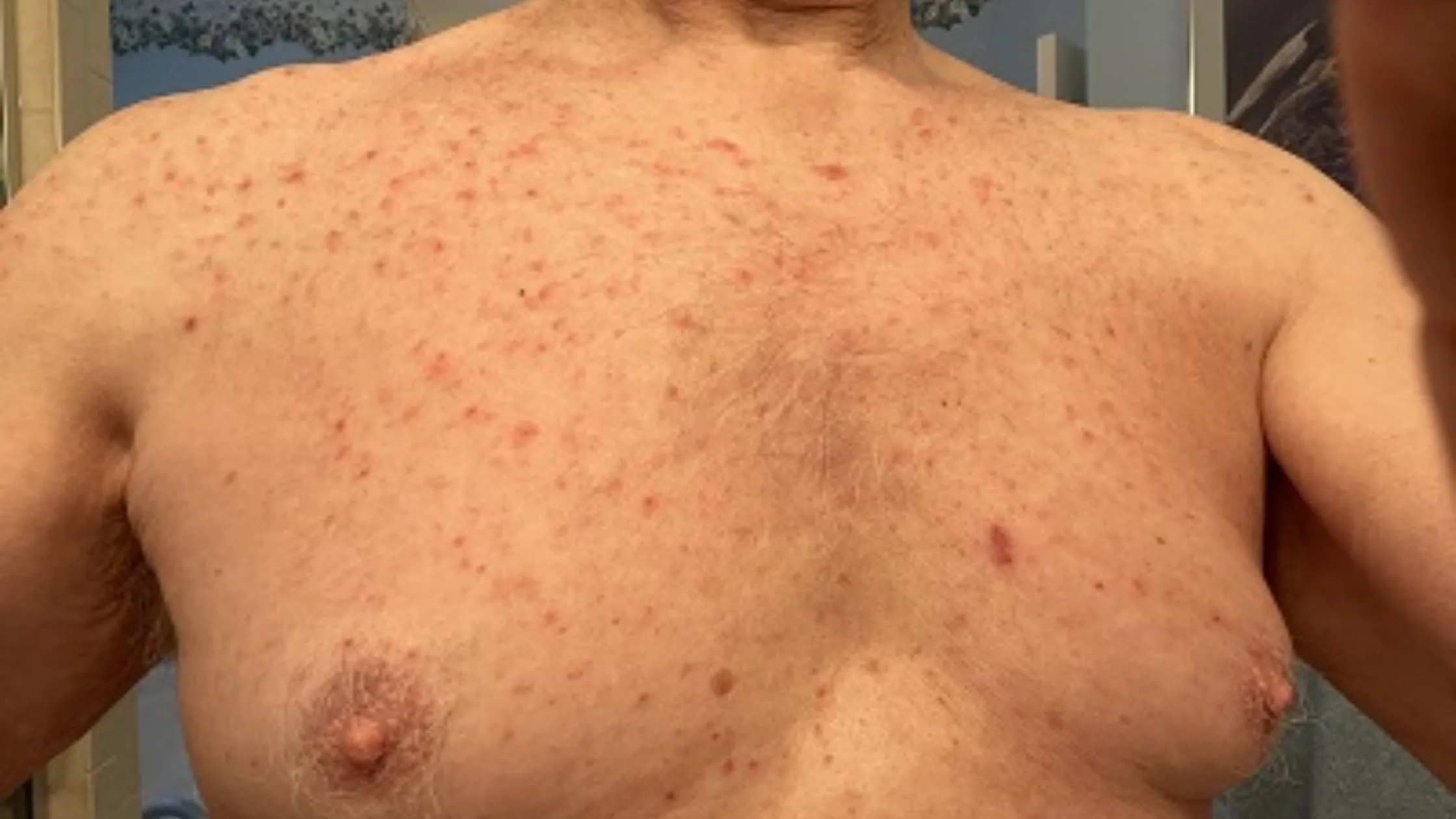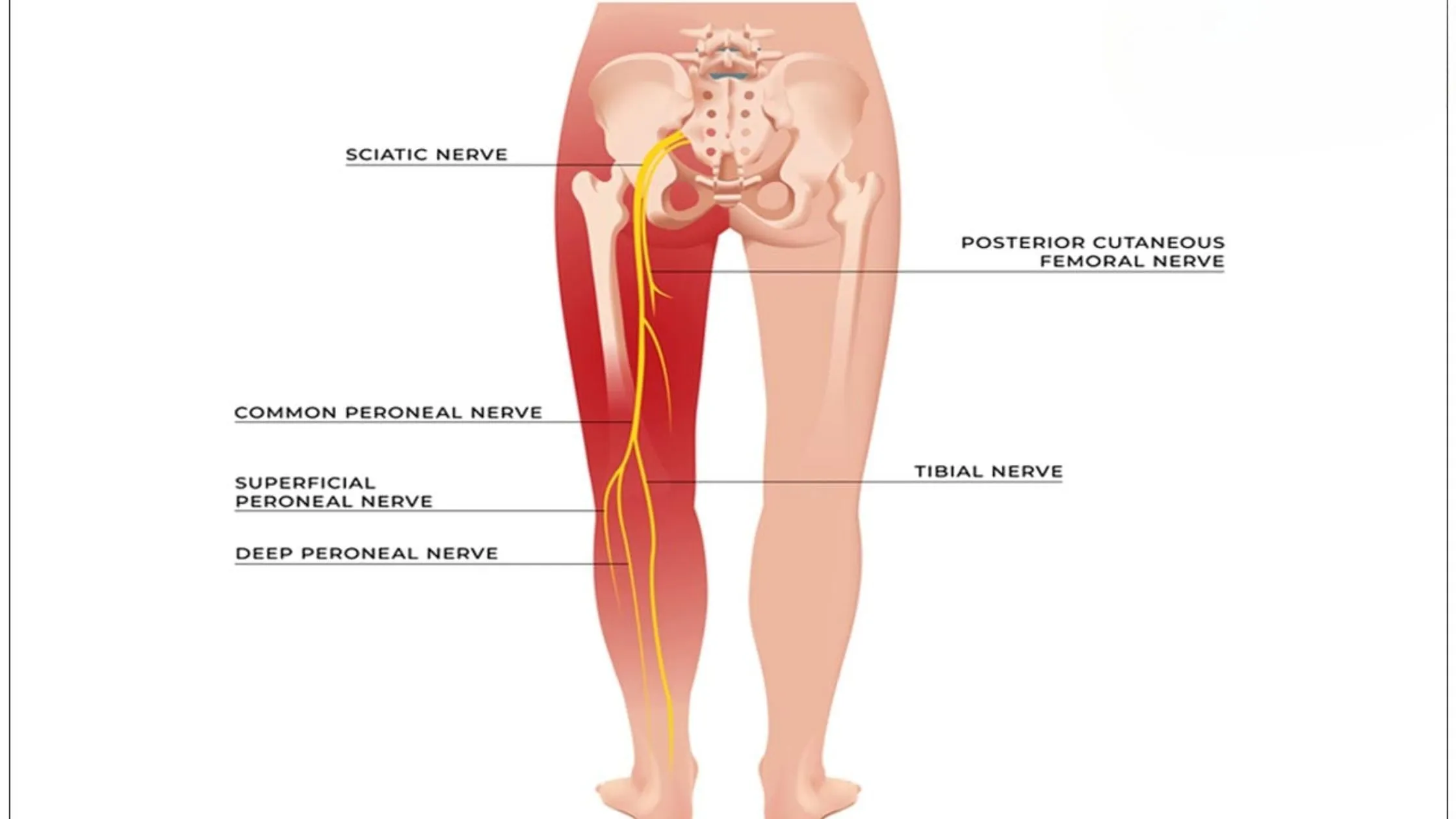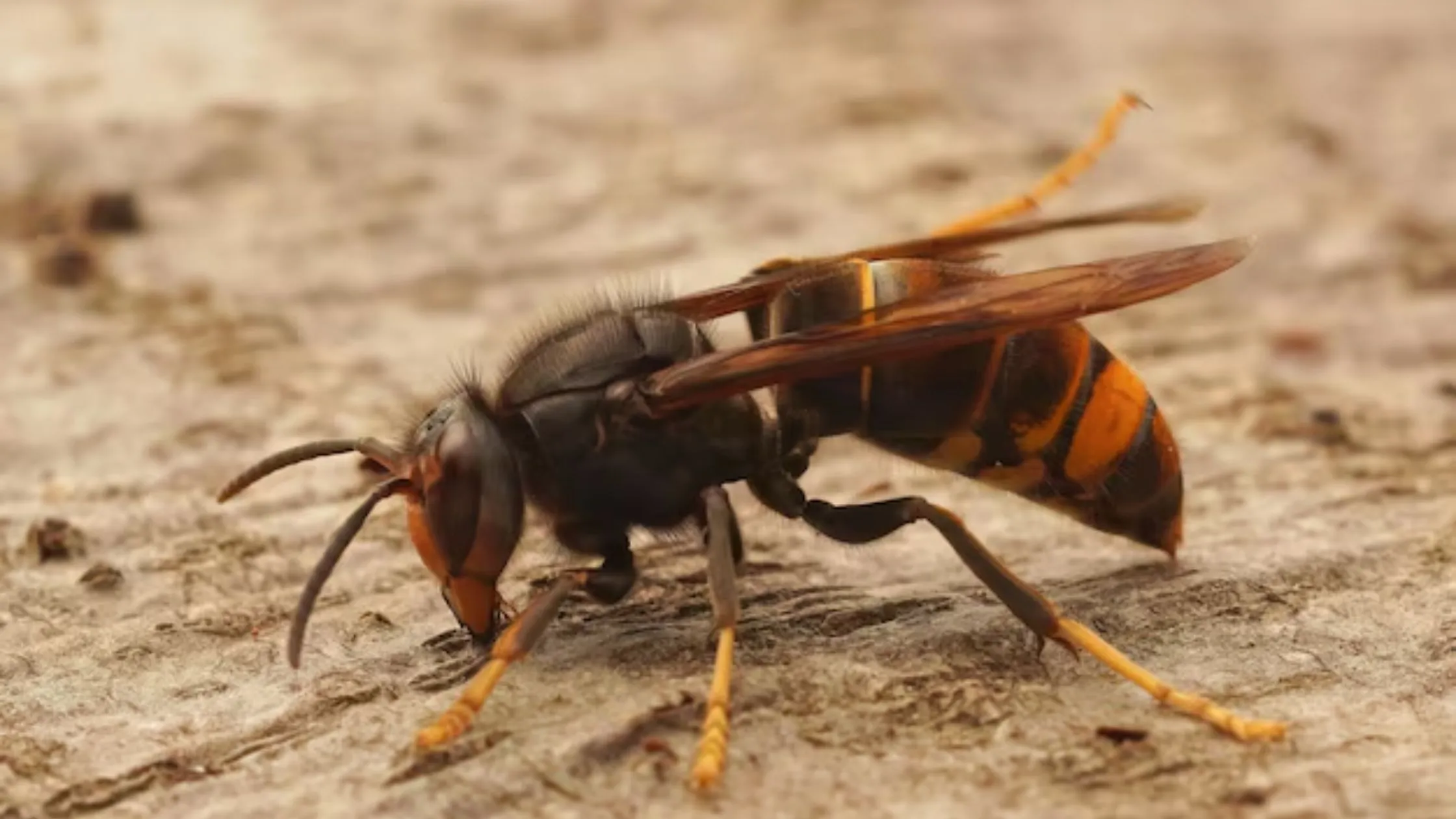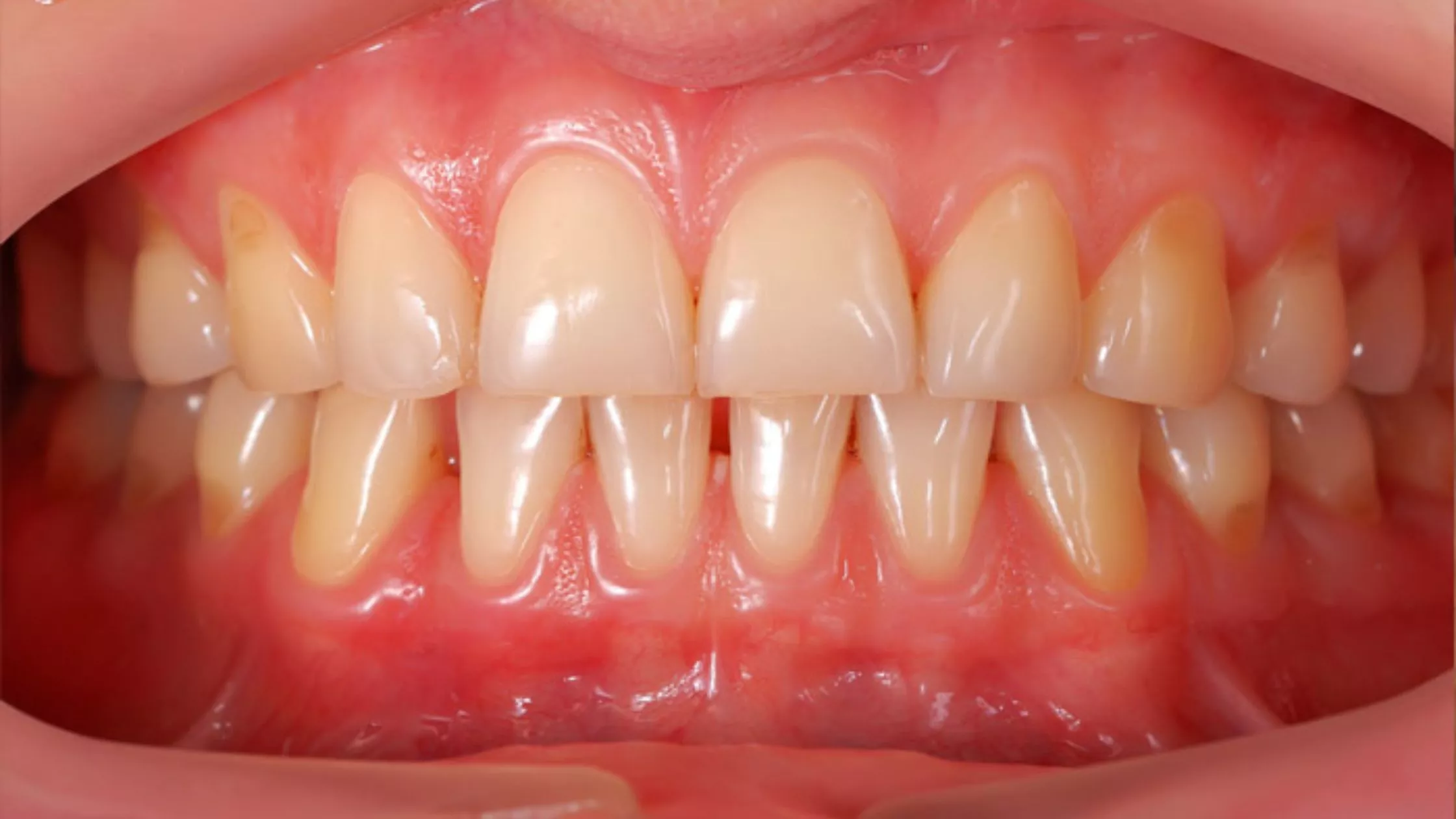Grover’s Disease Food to Avoid: What to Need to Know

Grover’s Disease is a rare and fleeting skin issue that shows up unexpectedly, causing red, elevated, and itchy patches on the chest and back. It’s like an uninvited guest, especially for older gentlemen, but it doesn’t discriminate based on age.
Imagine small reddish dots popping up on your trunk, creating a rash that comes and goes. If we dive a bit deeper, it turns out that under the microscope, there’s a bit of a skin cell separation party happening – technically called acantholysis. While we’re not entirely sure what causes this unwelcome guest to appear, we do know that things like heat, sweating, and sunlight can make it show up or get worse.
To confirm that it’s indeed Grover’s Disease causing the trouble, doctors might take a closer look with clinical evaluations and sometimes even a skin biopsy. Now, when it comes to dealing with this uninvited guest, the goal is to ease the discomfort. That might involve using creams or taking medications, either applied directly to the skin or swallowed, to calm down the irritation and swelling.
Symptoms of Grover’s Disease
Grover’s Disease is a skin condition that mainly affects the skin on your chest and back. It’s characterized by a sudden rash that consists of red, raised, and sometimes blister-like spots. This rash can be really itchy and uncomfortable. It’s usually found on your trunk, and it can cause moderate to severe itching. Clinically, the rash is described as moderately itchy, red, and papulovesicular. It’s worth noting that Grover’s Disease is a temporary and rare condition. While the symptoms can be annoying, they often go away on their own. Sometimes, treatment might be recommended to help with the itching and discomfort.
Causes and Risk Factors
Grover’s Disease, or transient acantholytic dermatosis, has an unclear cause, but certain factors increase the risk, especially in older men over 40. Environmental elements and genetic factors may trigger it, with heat and friction as potential culprits. People with a history of atopy or weakened immune systems are more vulnerable. Genetic links are suggested by reported cases within families, providing insights for prevention and management.
Diagnosis of Grover’s Disease
The identification of Grover’s Disease requires a meticulous analysis by medical professionals, often supplemented with specialized dermatological examinations such as biopsies. Experts begin the diagnostic procedure by conducting a comprehensive review of the patient’s medical background and a meticulous evaluation of skin abnormalities. The presence of red, elevated, and occasionally pruritic patches on the torso can provide strong indications of Grover’s Disease. A definitive diagnosis usually depends on dermatological tests, specifically a skin biopsy.
Crucially, dermatological tests, with a focus on skin biopsy, play a pivotal role in confirming Grover’s Disease. The commonly performed shaved skin biopsy involves collecting a small tissue sample, subsequently sent to a laboratory for histopathological examination. The biopsy results reveal intraepidermal acantholysis, a distinctive feature indicating a loss of adhesion between skin cells, which is a hallmark of Grover’s Disease. This precise diagnostic approach is instrumental in differentiating Grover’s Disease from other skin disorders that may present with similar clinical features.
Treatment Options
It is predominantly triggered by dietary choices, it is strongly recommended by experts on grover’s disease food to avoid in order to mitigate the symptoms of Grover’s disease. While a definitive cure remains elusive, there exist an array of treatment alternatives designed to alleviate the distressing manifestations of this condition. These therapeutic approaches primarily concentrate on effectively managing the rash, itchiness, and discomfort.

For individuals experiencing the discomfort of pruritus symptoms, a highly effective method of alleviation lies in the prescription of oral corticosteroids and antihistamines. These meticulously chosen medications possess the power to gracefully manage and mitigate the troublesome sensation of itching. Additionally, the application of topical corticosteroids serves as a widely embraced approach in the quest for relief.
Phototherapy, a highly effective and esteemed method, may be prescribed for individuals who have not responded well to conventional treatments. This exquisite approach, also known as light therapy, has been shown to significantly alleviate distressing symptoms.
Soothing and effective, our selection of lotions infused with selenium sulfide offer a powerful solution, particularly when a fungal element is at play, enhancing the overall effectiveness in addressing the condition.
In cases of utmost severity, the administration of cortisone shots becomes an exquisite measure, offering intensified and precise alleviation.
It is of utmost importance to acknowledge that the selection of treatment is contingent upon the intensity of symptoms and the unique response of each patient. Consistently scheduled visits with a healthcare professional are imperative in order to observe advancements and adapt the treatment strategy accordingly.
Prognosis and Complications
The long-term outlook for Grover’s disease varies, often being temporary. Some cases resolve spontaneously, while others persist or recur. Potential complications and risks are linked to discomfort from the rash and itching. In severe cases, the ongoing symptoms may negatively impact quality of life. Despite challenges, effective management, including corticosteroids and phototherapy, can provide relief and improve prognosis. Regular follow-ups are crucial for monitoring, adjusting treatment, and addressing complications.
Grover’s Disease Prevention and Lifestyle Modifications
In prevention other than Grover’s disease food to avoid, individuals can adopt lifestyle changes and strategies to minimize risks. While the exact cause is unclear, promoting overall skin health through good hygiene, sun protection, and a balanced diet is crucial. Wearing breathable fabrics and staying hydrated can reduce irritation for those prone to skin conditions. Regular dermatologist check-ups facilitate early detection and management, minimizing the risk of Grover’s disease.







